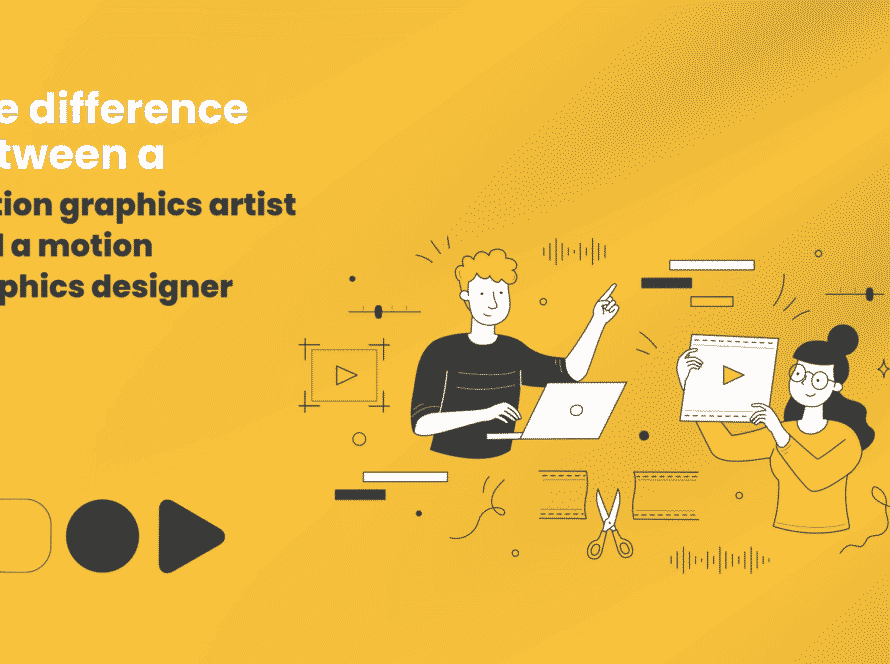What is Motion Graphics?
In the dynamic realm of visual storytelling, motion graphics have emerged as a powerful and captivating form of communication. From animated logos and explainer videos to dynamic presentations and film credits, motion graphics play a pivotal role in conveying information in a visually compelling manner. In this comprehensive exploration, we delve into the depths of motion graphics, unraveling its definition, history, key elements, and its diverse applications across various industries.
If you’re in need of top-notch motion graphics services, look no further. Visit this page to explore the services we offer at Smart Media.
Defining Motion Graphics
At its core, motion graphics refer to the art of using graphic design and animation techniques to convey a message or tell a story in a dynamic, visually engaging way. Unlike traditional static graphics, motion graphics involve the seamless integration of movement, creating a sense of flow and energy that enhances the overall visual experience. This dynamic approach allows for the communication of complex ideas, narratives, and emotions in a concise and accessible format.
The Evolution of Motion Graphics
The roots of motion graphics can be traced back to the early days of cinema, where pioneers like Saul Bass revolutionized film title sequences with animated elements. However, it was with the advent of computer technology that motion graphics truly flourished. The introduction of digital tools empowered designers to explore new creative horizons, leading to the birth of the vibrant and dynamic field we recognize today.
Key Elements of Motion Graphics
Typography:
Text plays a crucial role in motion graphics, serving as a vehicle for information delivery. Dynamic typography, with its kinetic movement and creative use of fonts, adds an extra layer of visual appeal.
Color and Composition:
Strategic use of color and thoughtful composition contribute to the overall visual impact of motion graphics. Designers leverage color theory and composition principles to create visually harmonious and aesthetically pleasing animations.
Animation Techniques:
Motion graphics employ various animation techniques, including traditional frame-by-frame
animation, 2D vector-based animation, and 3D animation. Each technique brings its unique characteristics to the table, allowing designers to choose the most suitable approach for a particular project.
Sound Design:
Sound and motion go hand in hand. Integrating sound elements, such as music or narration, enhances the emotional impact and storytelling potential of motion graphics.
Applications Across Industries
Advertising and Marketing:
Motion graphics are widely used in advertising to create eye-catching commercials, promotional videos, and digital ads. The dynamic nature of motion graphics helps brands convey their messages in a memorable and engaging way.
Entertainment Industry:
From film and television show intros to animated sequences within documentaries, motion graphics contribute significantly to the entertainment industry’s visual language.
Education and Training:
Motion graphics are effective tools for educational content, simplifying complex concepts through engaging visual explanations. They are also utilized in training materials to enhance comprehension and retention.
Corporate Presentations:
Businesses leverage motion graphics to elevate their presentations, making information more digestible and engaging during conferences, meetings, and internal communications.
The Role of Technology
Advancements in technology have been instrumental in shaping the landscape of motion graphics. Powerful software tools, such as Adobe After Effects, Cinema 4D, and Blender, empower designers to bring their creative visions to life. The integration of cutting-edge technologies, such as virtual reality (VR) and augmented reality (AR), further expands the possibilities of motion graphics in immersive storytelling.
Future Trends and Innovations
As technology continues to evolve, so too will the landscape of motion graphics. Emerging trends include the integration of artificial intelligence (AI) for enhanced automation and realism, interactive motion graphics for user engagement, and the continued exploration of 3D animation techniques.
Conclusion
In conclusion, motion graphics stand as a testament to the dynamic fusion of artistry and technology. From its humble beginnings in film titles to its pervasive presence in our digital landscape, motion graphics have become a vital tool for visual communication. As designers continue to push the boundaries of creativity and technology advances, the future of motion graphics holds exciting possibilities, promising new dimensions of storytelling and visual expression. Whether in advertising, entertainment, education, or corporate communication, the influence of motion graphics is undeniable, leaving an indelible mark on the way we perceive and engage with visual content.




